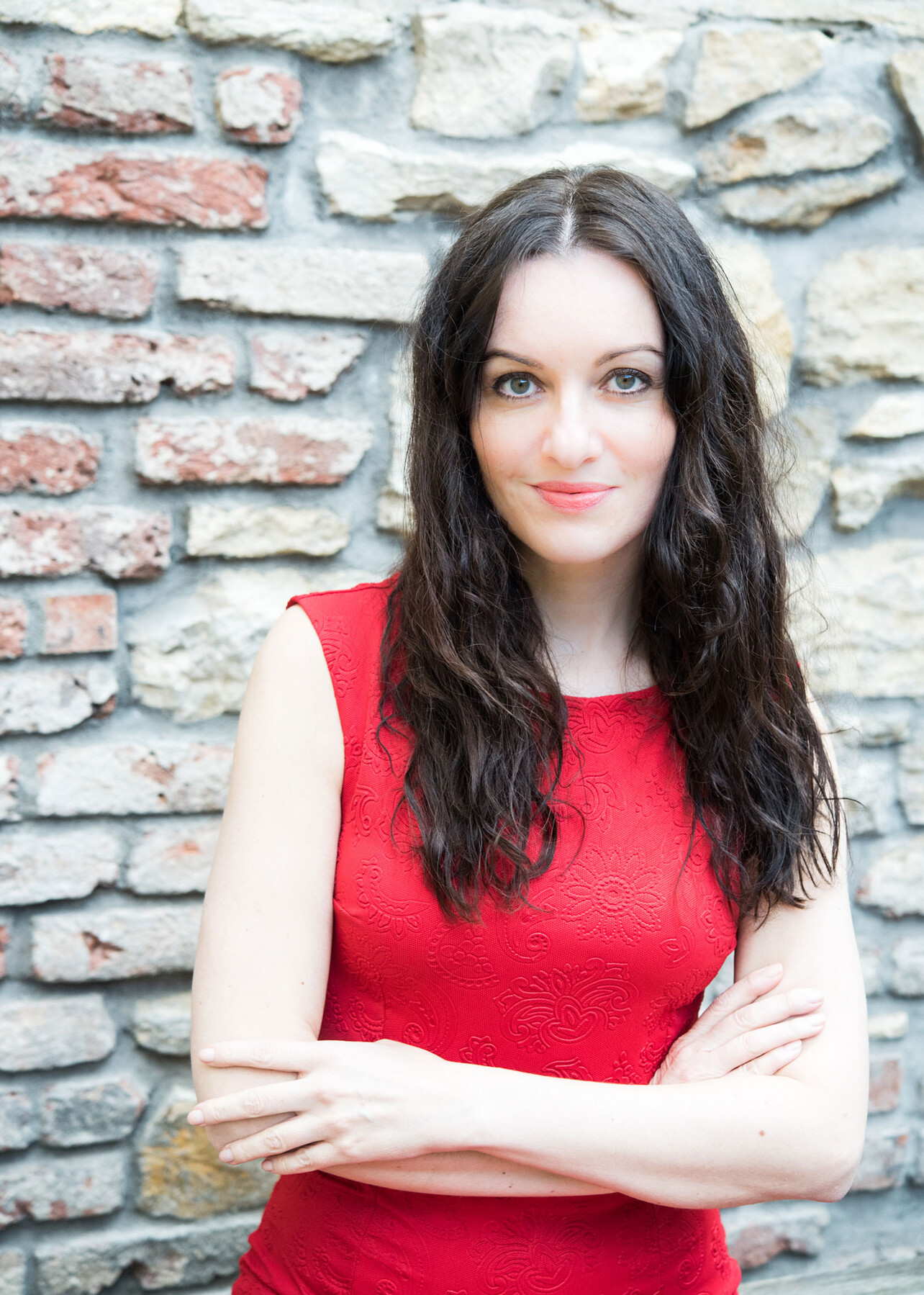Pavla Horáková
Bereich: Literatur
Key Facts
Nationalität
TschechienBereich
LiteraturWohnort
PragEmpfehlende Institution
BMEIAZeitraum
Jänner 2020 - Februar 2020Published books:
- Horáková, Pavla: Tajemství Hrobaříků, Olympia, 2010, Argo 2016
- Horáková, Pavla; Kadlecová, Kateřina; Maxová, Pavla; Pleskotová, Kristýna; Votruba, Adam: Kecy v kleci, Plot, 2010
- Horáková, Pavla: Hrobaříci v podzámčí, Apostrof 2011, Argo 2016
- Horáková, Pavla: Hrobaříci a Hrobaři, Apostrof 2012, Argo 2018
- Horáková, Pavla; Kamen, Jiří: Přišel befel od císaře pána, Argo 2015
- Horáková, Pavla; Dostálová, Zuzana; Scheinostová, Alena: Johana, Paseka 2018
- Horáková, Pavla: Teorie podivnosti, Argo 2018 (due in October)
- Horáková, Pavla; Kamen, Jiří: Zum Befehl, pane lajtnant, Argo 2018
2019 Magnesia Litera Award for best work of fiction for Teorie podivnosti
I plan to finalize a novel based on the memoirs of my great-grandmother, an intelligent and observant peasant woman from South Moravia. Born in 1898, she wrote a 300-page memoir in her final years, depicting her childhood and growing up in rural Moravia, as well as her frequent travels to Vienna before WW1 to help in the households of her three elder sisters married there. She bears witness to the events of both world wars, the fate of the Jewish community in her little town, and finally life under communism. Apart from its autobiographical aspect, the memoir as a whole is also a testimony to life in the first half of the 20th century.
I have edited the text down and adjusted it linguistically for contemporary readers, while preserving the local dialect and my ancestor’s unique voice and remarkably fine prose, given the fact she had had very little formal education. Now I need to give the text an artistic composition and formal framework – to add my own voice and turn it into a dialogue of two women removed by two generations.
My two months in Vienna at the start of 2020 proved most valuable in a way I had not originally envisaged. Only there did I realize how important a role would the specific locations and historical facts from the Austrian capital play in my novel-in-progress.
Based on the 350-page memoir of my Moravian great-grandmother, the book is a look-back at the 20th century through the eyes of two women, separated by two generations. One narrator, born in 1898, recalls the first half of the century as she had experienced it, growing up in the supranational Austro-Hungarian Empire, witnessing the wartime period, the all-too-brief period of the First Czechoslovak Republic, the horrors of WWII and eventually the communist takeover in 1948. The other, contemporary narrator, looks back at the former’s life and comments on the events from the vantage point of someone living in the 21st century.
Although she spent most of her life in rural South Moravia, my great-grandmother in her youth frequently travelled to Vienna to visit her three elder sisters married there, as well as other members of her extended family. In 1912, she even spent a whole six months babysitting in the household of her sister, in Kohlgasse in the district of Margareten. During that time, she visited many Viennese landmarks, some of which no longer exist, such as the Rotunde in Prater, which her father had helped to build as a bricklayer in 1872. During my stay in Vienna, I paid a visit to the site as well as the nearby location of the former Nordbahnhof, where trains from Moravia had once terminated. I went to Kohlgasse where my narrator lived as well as the Maria am Gestade church where she attended Czech masses.
Most useful were also the various museums I visited thanks to my scholarship: The Rote Wien exhibition at the Wien Museum, the Jüdisches Museum with its permanent as well as temporary exhibitions, the Heeresgeschichtliches Museum, the Volkskundemuseum, the Pratermuseum, the small exhibition at the Parliament now under renovation, the various galleries within the MQ and the Albertina displaying art works from the period which I will refer to for cultural and historical context. Unexpectedly, even the Sisi Museum at the Hofburg proved helpful and provided information which I can use in my book. The Kaisergruft, the Sankt Marxer Friedhof and Zentralfriedhof also provided clues, as did the multitude of commemorative plaques paying tribute to the Czech-born personalities that had participated in the cultural, political and economic life of Vienna and Austria.
My stay in Vienna added a whole new dimension to my book which I am most excited about.
